Weeping Willow Wallpapers Wallpaper Cave
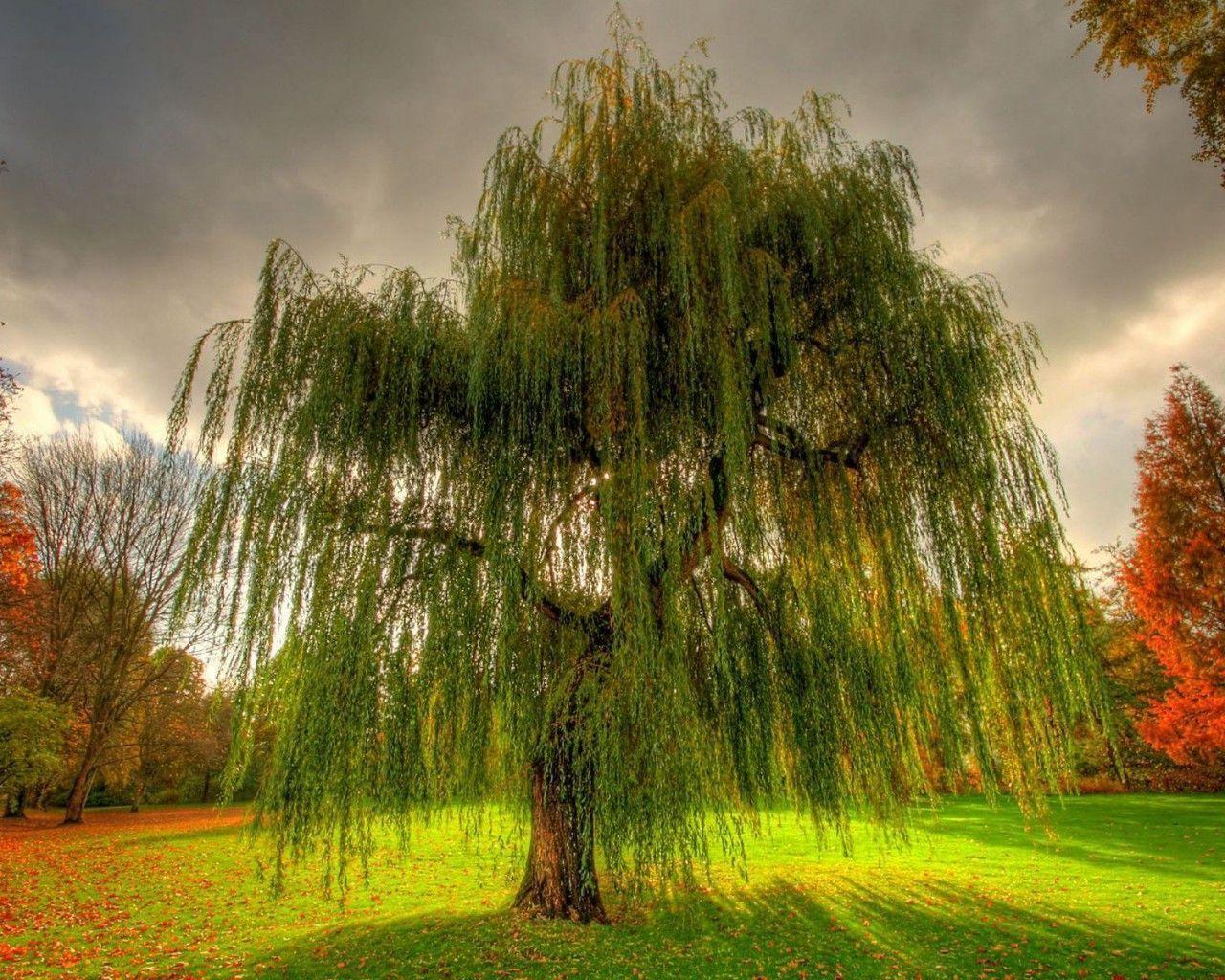
Weeping Willow Wallpapers Wallpaper Cave
Description The weeping willow is a medium to large deciduous landscape tree in the Salicaceae or willow family. With pendulous, weeping branches, a stout trunk, and a broad rounded crown it makes a statement in any landscape. It will grow quickly to a height of 30 to 40 feet and a width of 30 to 40 feet but with that rapid growth comes weak wood.
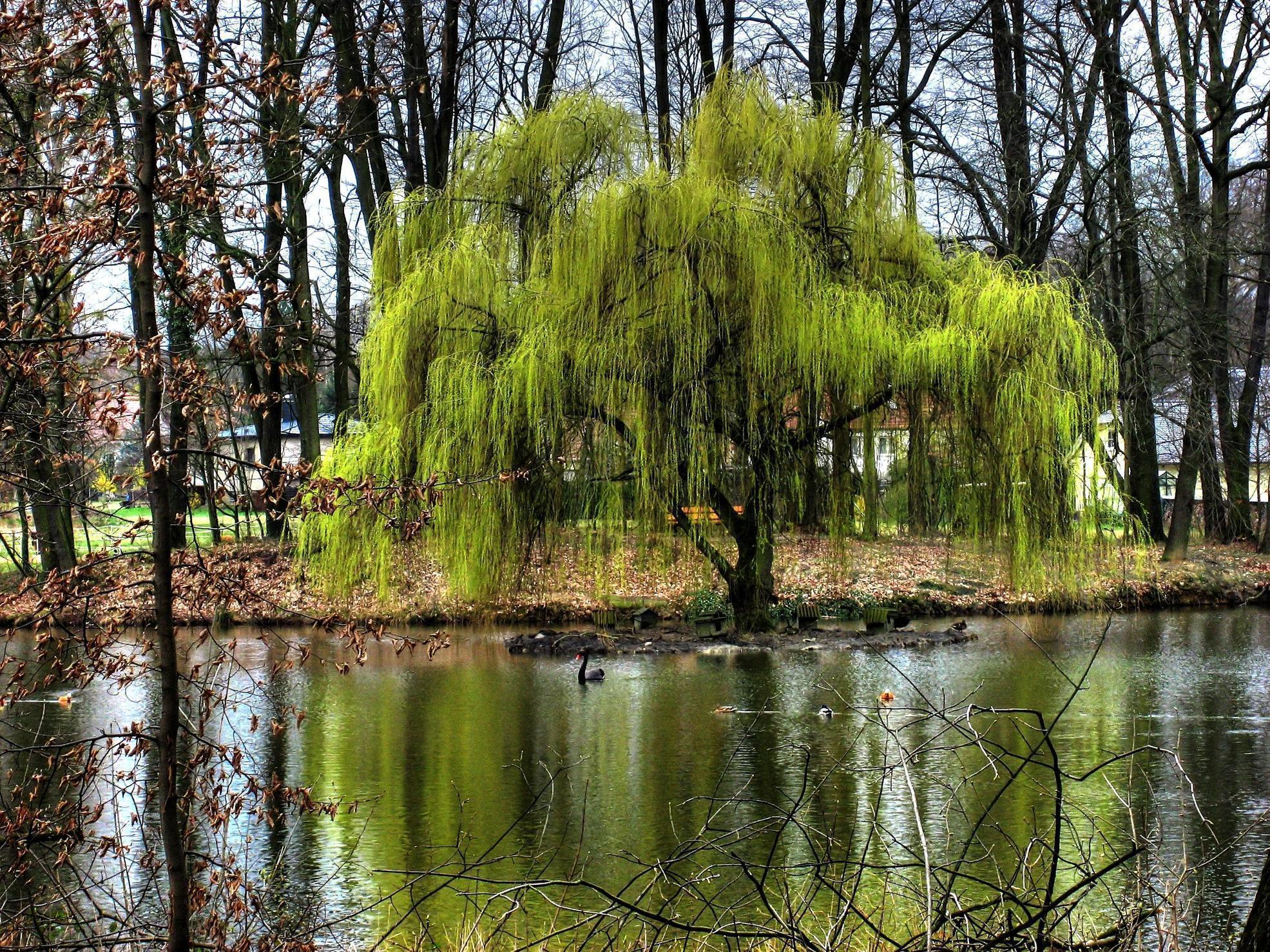
Weeping Willow Wallpapers Wallpaper Cave
last updated August 26, 2022 Weeping willow is a lovely, graceful tree for a large-scale garden. Many consider weeping trees romantic additions to their garden. Featuring silvery green foliage in summer and turning yellow in the fall, these are fast growing, large trees useful for screening or as a focal point in the garden.

Trees Salix babylonica Babylon Willow Weeping Willow
The statement-making willow tree is known for its long, flowing branches and slender leaves. Beautiful fall colors, ground-sweeping branches, and bright green foliage can make an instant impression on a home's landscape with a well-cared-for tree. Though willows don't need a lot of maintenance.

weeping willow Weeping Willow has always been my fav, even as a child...♥ Trees Pinterest
Common Name: Weeping Willow Family: Salicaceae Plant Type: Deciduous Tree Hardiness Zones: 6-8 (USDA) Sun Exposure: Full sun to partial shade Soil Type: Moist, well-draining soil Soil pH: 6.0-8.0 (Slightly acidic to slightly alkaline) Maturity: Reaches maturity in about 3-5 years
:max_bytes(150000):strip_icc()/weeping-willow-trees-salix-babylonica-3269357-03-c5ad00b3bd024a95a5ff1753cb7dc295.jpg)
How to Grow and Care for a Weeping Willow Tree
Weeping Willow trees are a symbol of hope and growth, and they bring butterflies to your landscape. Planting and Application: The Weeping Willow tree loves water and is often planted near ponds to prevent erosion. You'll love the look of one or more planted at the edge of the lake or pond.

Interesting Facts About Weeping Willow Trees LoveToKnow
Weeping willow trees grow to be 30-50 feet tall, with a spread of roughly 30-40 feet. Specifications Hardiness Zones USDA Hardiness Zones indicate the regions where different plants grow best, depending on their lowest winter temperatures. Weeping willows thrive in Zones 4-10, across most of the country. Planting
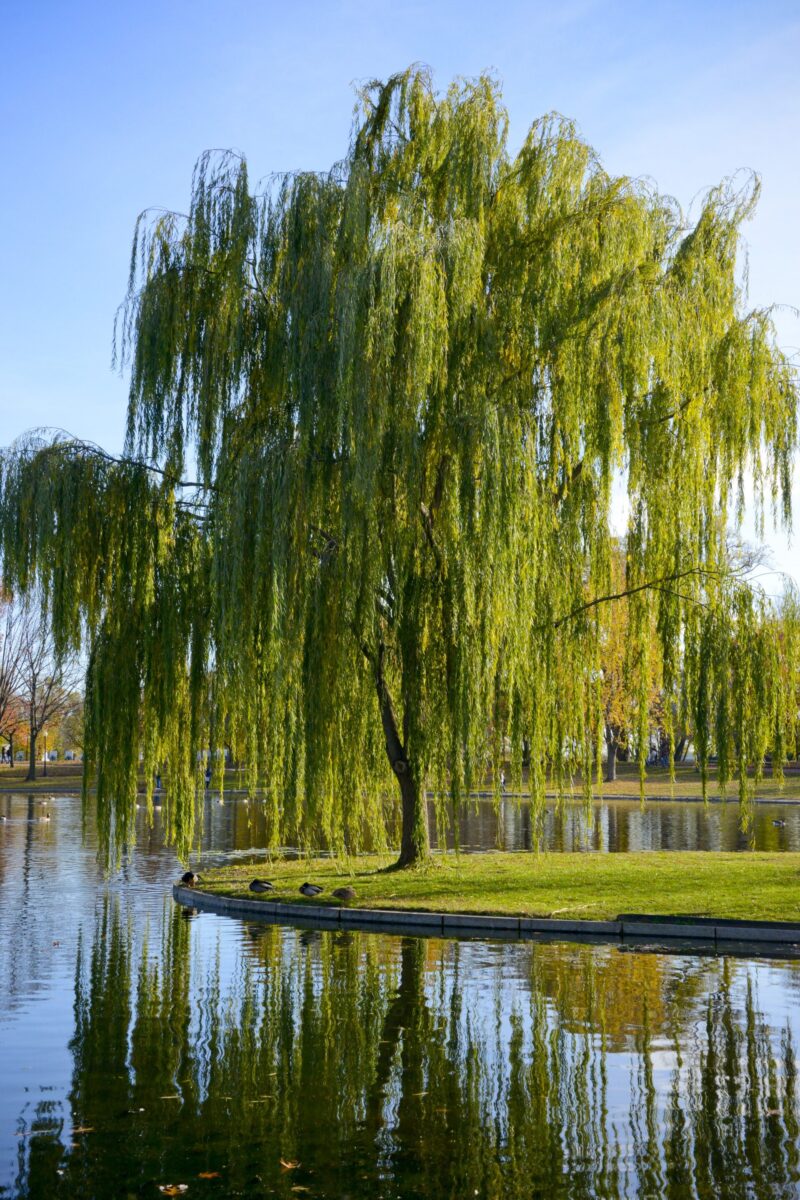
Weeping Willow Salix Babylonica Deciduous Trees Cold Stream Farm
Buy Weeping Willow Trees Online | The Tree Center View All Cherry Crabapple Plum Magnolia Mimosa Redbud View All Shade Trees Beech Birch Elm Ginkgo Japanese Maple Maple Oak Poplar Sycamore Willow View All Fruit Trees Apple Avocado Cherry Citrus Fig Nut Olive Peach Pear Persimmon Plum View All View All Loropetalum Mountain Laurel Nandina Ninebark
:max_bytes(150000):strip_icc()/Weeping-willow-GettyImages-500169919-587460e25f9b584db3ffb0b4.jpg)
19 Best Types of Weeping Trees
Weeping willows are fast-growing trees that do best with moist climates, full sun exposure, acidic to alkaline soil, and temperatures between minus 20 degrees and 80 degrees. When the tree blooms in late winter or spring, yellow catkins (flowers) appear. The Spruce / Erica Lang Weeping Willow Care

Weeping Willow Wallpapers Wallpaper Cave
Weeping willow trees are native to China and belong to the genus Salix and the family Salicaceae. The beautiful deciduous trees grow 30 to 40 ft. (9 - 12 m) tall and wide. The water-loving tree has light, slender green, lance-shaped leaves, grayish-black bark, and clusters of flowers called catkins.

Weeping Willow Landscape Fast growing Tree
1. Are all willow trees weeping? There are several willow varieties that take on a traditional tree or bush shape rather than the drooping umbrella shape. Most willows, weeping or not, can be distinguished by their thin, wispy branches and their long, silvery leaves. 2. How fast does the weeping willow grow?
/weeping-willow-trees-salix-babylonica-3269357-01-513c19664e414e03b2c43a8cdb65982c.jpg)
How to Grow and Care for a Weeping Willow Tree
Salix babylonica ( Babylon willow or weeping willow; Chinese: 垂柳; pinyin: chuí liǔ) is a species of willow native to dry areas of northern China, but cultivated for millennia elsewhere in Asia, being traded along the Silk Road to southwest Asia and Europe. [3] [4] Description
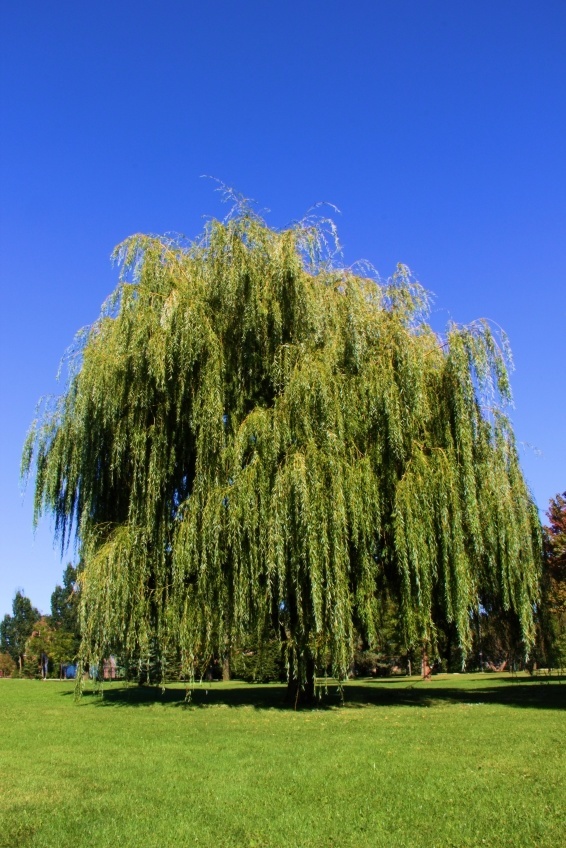
Buy Weeping Willow Trees Online The Tree Center™
Published: Thursday, 2 December 2021 at 6:30 pm Find out how to grow and care for a weeping willow, in our Grow Guide. Weeping willow trees are graceful, large trees, typically found growing near a river or stream.
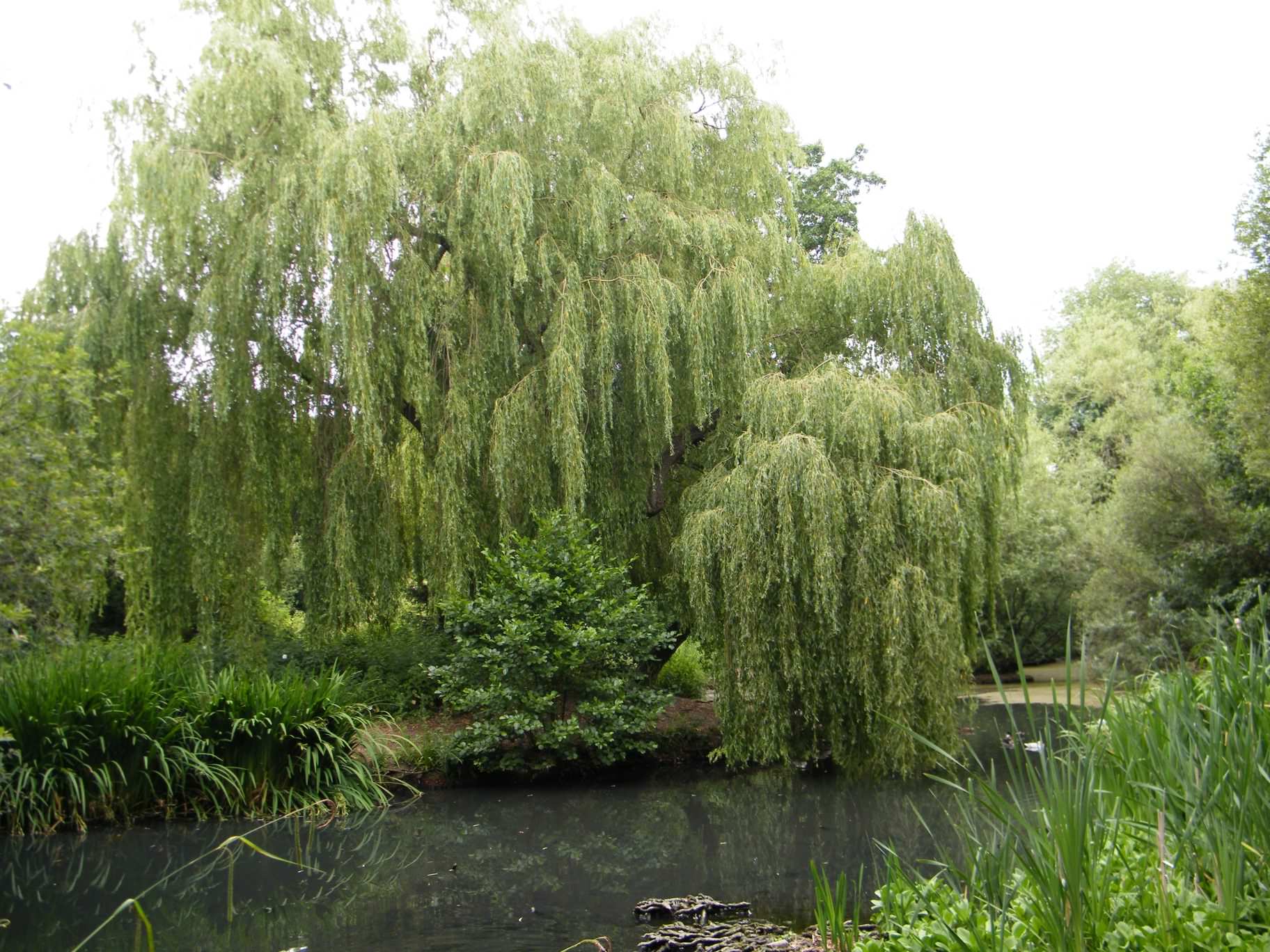
Weeping Willow Salix babylonica, species information page. Also known as Wisconsin Weeping Willow
Weeping Pussy Willow trees are easy as pie if you don't mind doing a bit of pruning every now and then. This 1 grows in a windy valley just 7 blocks away from the Pacific Ocean and blew completely over when it was about 7 or 8 years old. A few days later we uprighted it and added a bigger stake. It has a bit of a lean today but it's so full.
/171371653-56a98cbf5f9b58b7d0fca204.jpg)
How to Grow and Care for a Weeping Willow Tree
The Weeping Golden Willow is vigorous and fast growing, often reaching 30 feet within 10 years, and ultimately growing to be 70 feet or more in height and spread. This is definitely a tree for a large garden, and should only be planted well away from any buildings, sewer lines, swimming pools or septic fields.
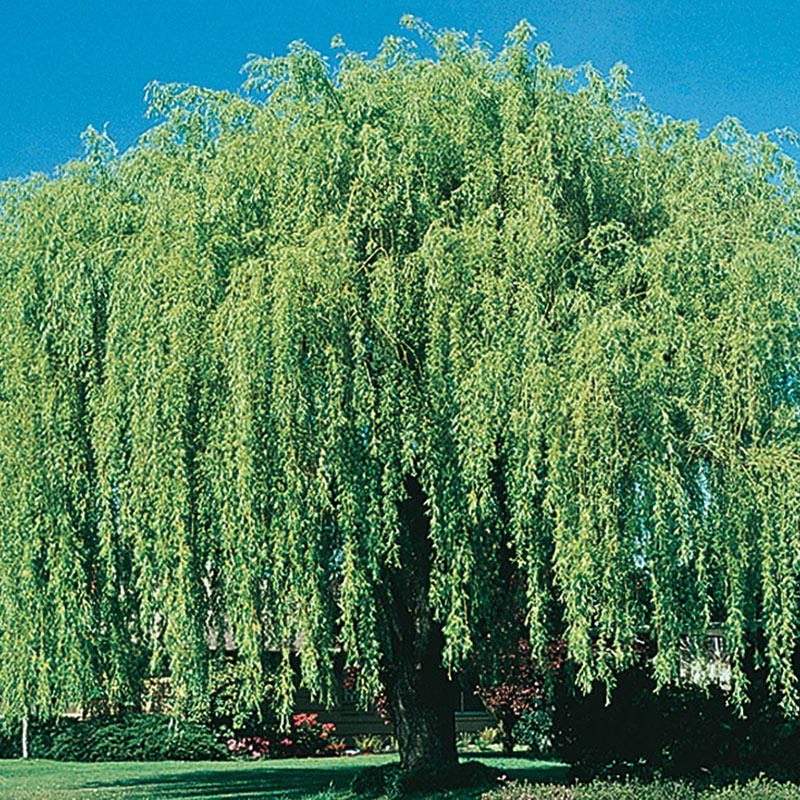
Weeping Willow Tree Trees and Shrubs from Gurney's
Part of weeping willow tree care is cleaning up the branches. The long, draping weeping willow branches require annual pruning to keep them off the ground. Cut back the branches to the desired length with pruning shears in late winter or early spring. Prune out damaged branches any time. Disinfecting pruning shears before pruning and after.
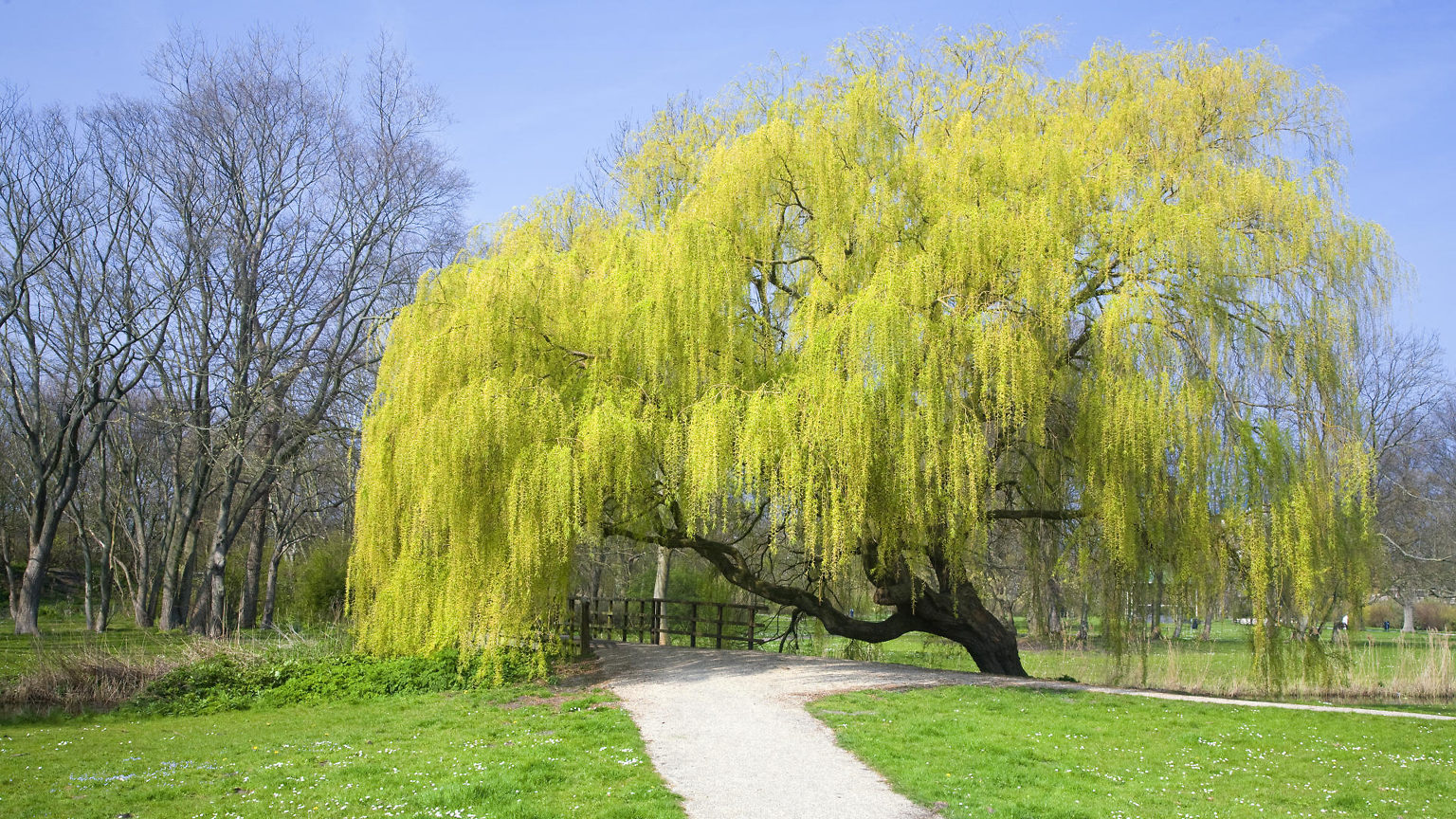
Weeping Willow Tree Guide Planting & Care Tips for Willow Trees
Planting a Weeping Willow. Download Article. 1. Dig a hole twice as wide as the root ball. The hole only needs to be as deep as the root ball, but it needs to be wide to encourage root growth. Measure the width of your root ball and multiple it by 2. Dig a hole with that diameter. [4] 2.